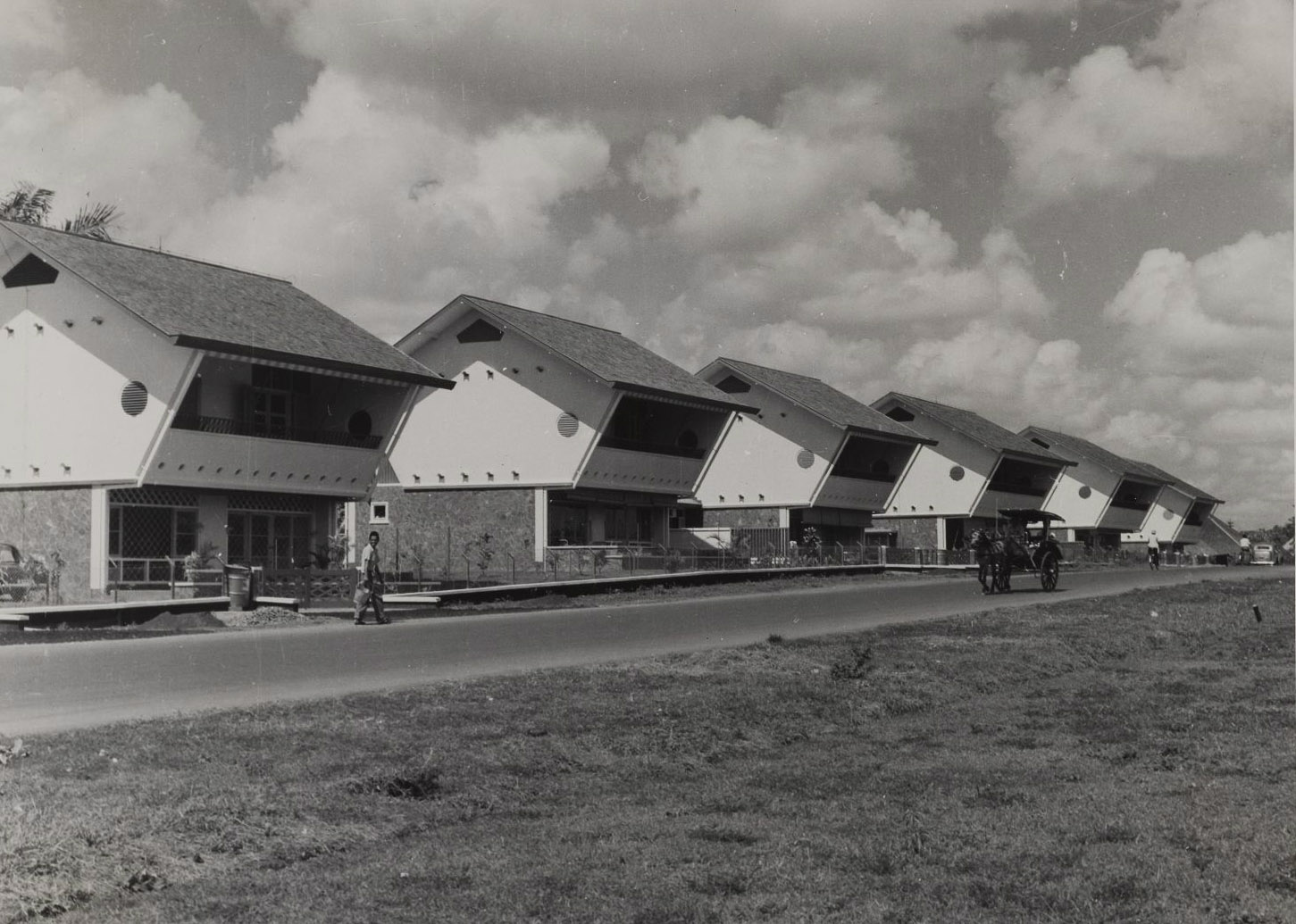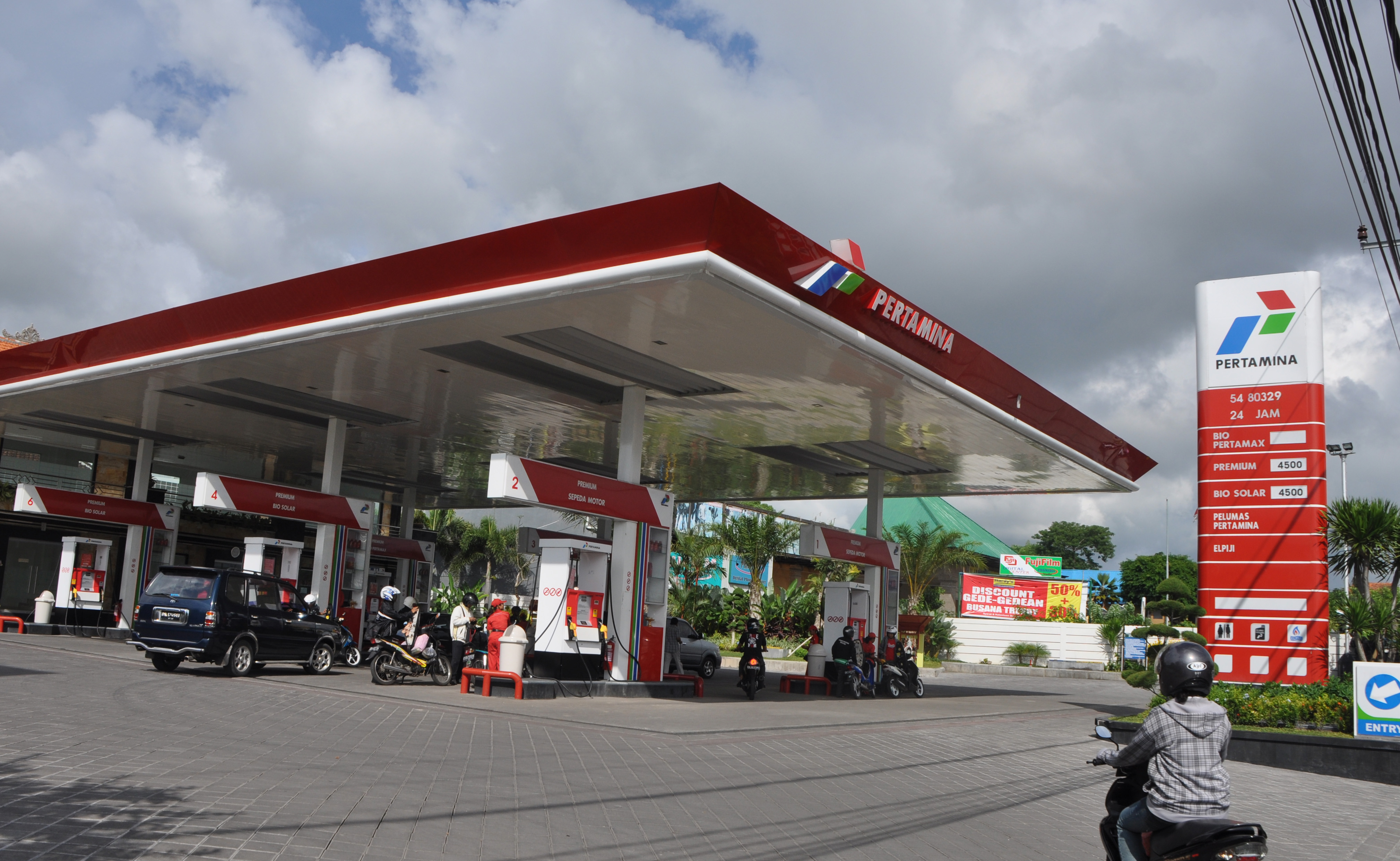|
Pertamina Central Hospital
Pertamina Central Hospital ( id, Rumah Sakit Pusat Pertamina, abbreviated as RSPP) is a state owned hospital located in Jakarta, Indonesia. It is one of the largest and best-equipped hospitals in the country, and was opened in January 1972 as a major project of the Suharto regime. It is managed by Pertamina Bina Medika (branded as Indonesia Healthcare Corporation), a subsidiary of the state-owned oil company Pertamina PT Pertamina (Persero), formerly abbreviated from ''Perusahaan Pertambangan Minyak dan Gas Bumi Negara'' (lit. 'State Oil and Natural Gas Mining Company'), is an Indonesian state-owned oil and natural gas corporation based in Jakarta. It was c .... References External links Rumah Sakit Pusat Pertamina official website(in Indonesian) Hospitals in Indonesia 1972 establishments in Indonesia {{Indonesia-struct-stub ... [...More Info...] [...Related Items...] OR: [Wikipedia] [Google] [Baidu] |
Kebayoran Baru
Kebayoran Baru is a district ( id, kecamatan) of South Jakarta, Indonesia. The name of the district was derived from an area which was developed in the post-war period as a new suburb town of Jakarta, Kebayoran Baru. Kebayoran Baru was the last residential area to be developed by the Dutch colonial administration. The urban planning was laid in a concept of the Garden city movement, consisting of a well-planned residential area, a shopping center, and a business district, supported with civic facilities e.g. schools, places of worship, hospitals, and parks. Many important governmental institutions are located in Kebayoran Baru, such as the Indonesia Stock Exchange building, the ASEAN Secretariat building, the Criminal Investigation Agency of the National Police, and the City Hall of South Jakarta. Sudirman Central Business District is also located in Kebayoran Baru sub-district. Toponym Kebayoran Baru means "New Kebayoran". The word ''kebayoran'' is derived from ''kabayuran'', m ... [...More Info...] [...Related Items...] OR: [Wikipedia] [Google] [Baidu] |
South Jakarta
South Jakarta ( id, Jakarta Selatan; bew, Jakarte Beludik ), colloquially known as ''Jaksel'', is one of the five administrative cities which form the Special Capital Region of Jakarta, Indonesia. South Jakarta is not self-governed and does not have a city council, hence it is not classified as a proper municipality. It had a population of 2,062,232 at the 2010 census and 2,226,812 at the 2020 census, and it is the third most populous among the five administrative cities of Jakarta, after East Jakarta and West Jakarta. The administrative centre is at Kebayoran Baru. South Jakarta is bounded by Central Jakarta to the north, East Jakarta to the east, Depok city to the south, West Jakarta to the northwest, and by Tangerang and South Tangerang cities to the west. Districts South Jakarta is subdivided into ten districts (''kecamatan''), listed below with their areas and their populations at the 2010 census and according to the mid-2019 official estimates: Economy In the day ... [...More Info...] [...Related Items...] OR: [Wikipedia] [Google] [Baidu] |
Jakarta
Jakarta (; , bew, Jakarte), officially the Special Capital Region of Jakarta ( id, Daerah Khusus Ibukota Jakarta) is the capital city, capital and list of Indonesian cities by population, largest city of Indonesia. Lying on the northwest coast of Java, the world's list of islands by population, most populous island, Jakarta is the list of cities in ASEAN by population, largest city in Southeast Asia and serves as the diplomatic capital of ASEAN. The city is the economic, cultural, and political centre of Indonesia. It possesses a province-level status and has a population of 10,609,681 as of mid 2021.Badan Pusat Statistik, Jakarta, 2022. Although Jakarta extends over only , and thus has the smallest area of any Provinces of Indonesia, Indonesian province, its Jakarta metropolitan area, metropolitan area covers , which includes the satellite cities Bogor, Depok, Tangerang, South Tangerang, and Bekasi, and has an estimated population of 35 million , making it the List of m ... [...More Info...] [...Related Items...] OR: [Wikipedia] [Google] [Baidu] |
For-profit Hospital
For-profit hospitals, sometimes referred to as alternatively investor-owned hospitals, are investor-owned hospitals or hospital networks. Many of the for-profit hospitals are located in Europe and North America, with many of them established particularly in the United States during the late twentieth century. In contrast to the traditional and more common non-profit hospitals, they attempt to garner a profit for their shareholders. The highest charging hospitals in the US are for profit, according to a study published in the journal '' Health Affairs'' in 2015. United States In the United States, the three largest such firms are Hospital Corporation of America, Tenet (formerly NME), and HealthSouth. HealthSouth, as the third-largest U.S. national chain, is also the leading provider of rehabilitation services. For profit Psychiatric Solutions was the largest provider of psychiatric services in the nation, until they were bought out by Universal Health Services in 2010. A concep ... [...More Info...] [...Related Items...] OR: [Wikipedia] [Google] [Baidu] |
State-owned Enterprises Of Indonesia
In Indonesia, state-owned enterprises ( id, Badan Usaha Milik Negara (BUMN)) play an important role in the national economy. Their roles includes contributor for national economy growth, providing goods or services which are not covered by private company, employment provider, providing support guidance to small and medium businessess, and source of government revenue. The Ministry of State Owned Enterprises represents the government's function as a shareholder of those companies. Aside from SOEs, there are also provincially- or municipally-owned corporations, locally known as ''Badan Usaha Milik Daerah (BUMD)''. The primary difference between BUMNs and BUMDs is the ownership of the enterprise, whereas BUMNs is controlled by Ministry of State Owned Enterprise while BUMDs is directly controlled by local government. BUMDs roles are similar with BUMNs, with heavy emphasis on providing goods or services to the local community. In addition, there are also village-owned enterpri ... [...More Info...] [...Related Items...] OR: [Wikipedia] [Google] [Baidu] |
State Owned
State ownership, also called government ownership and public ownership, is the ownership of an Industry (economics), industry, asset, or Business, enterprise by the State (polity), state or a public body representing a community, as opposed to an individual or Private property, private party. Public ownership specifically refers to industries selling goods and services to consumers and differs from Public good (economics), public goods and government services financed out of a Government budget, government's general budget. Public ownership can take place at the Central government, national, regional government, regional, local government, local, or municipal levels of government; or can refer to non-governmental public ownership vested in autonomous public enterprises. Public ownership is one of the three major forms of property ownership, differentiated from private, Collective ownership, collective/cooperative, and common ownership. In market-based economies, state-owned asset ... [...More Info...] [...Related Items...] OR: [Wikipedia] [Google] [Baidu] |
Hospital
A hospital is a health care institution providing patient treatment with specialized health science and auxiliary healthcare staff and medical equipment. The best-known type of hospital is the general hospital, which typically has an emergency department to treat urgent health problems ranging from fire and accident victims to a sudden illness. A district hospital typically is the major health care facility in its region, with many beds for intensive care and additional beds for patients who need long-term care. Specialized hospitals include trauma centers, rehabilitation hospitals, children's hospitals, seniors' (geriatric) hospitals, and hospitals for dealing with specific medical needs such as psychiatric treatment (see psychiatric hospital) and certain disease categories. Specialized hospitals can help reduce health care costs compared to general hospitals. Hospitals are classified as general, specialty, or government depending on the sources of income received. A teac ... [...More Info...] [...Related Items...] OR: [Wikipedia] [Google] [Baidu] |
Indonesia
Indonesia, officially the Republic of Indonesia, is a country in Southeast Asia and Oceania between the Indian and Pacific oceans. It consists of over 17,000 islands, including Sumatra, Java, Sulawesi, and parts of Borneo and New Guinea. Indonesia is the world's largest archipelagic state and the 14th-largest country by area, at . With over 275 million people, Indonesia is the world's fourth-most populous country and the most populous Muslim-majority country. Java, the world's most populous island, is home to more than half of the country's population. Indonesia is a presidential republic with an elected legislature. It has 38 provinces, of which nine have special status. The country's capital, Jakarta, is the world's second-most populous urban area. Indonesia shares land borders with Papua New Guinea, East Timor, and the eastern part of Malaysia, as well as maritime borders with Singapore, Vietnam, Thailand, the Philippines, Australia, Palau, and India ... [...More Info...] [...Related Items...] OR: [Wikipedia] [Google] [Baidu] |
Suharto Regime
The New Order ( id, Orde Baru, abbreviated ''Orba'') is the term coined by the second Indonesian President Suharto to characterise his administration as he came to power in 1966 until his resignation in 1998. Suharto used this term to contrast his presidency with that of his predecessor Sukarno (retroactively dubbed the "Old Order," or ''Orde Lama''). Immediately following the attempted coup in 1965, the political situation was uncertain, Suharto's New Order found much popular support from groups wanting a separation from Indonesia's problems since its independence. The 'generation of 66' (''Angkatan 66'') epitomised talk of a new group of young leaders and new intellectual thought. Following Indonesia's communal and political conflicts, and its economic collapse and social breakdown of the late 1950s through to the mid-1960s, the "New Order" was committed to achieving and maintaining political order, economic development, and the removal of mass participation in the politic ... [...More Info...] [...Related Items...] OR: [Wikipedia] [Google] [Baidu] |
Pertamina
PT Pertamina (Persero), formerly abbreviated from ''Perusahaan Pertambangan Minyak dan Gas Bumi Negara'' (lit. 'State Oil and Natural Gas Mining Company'), is an Indonesian state-owned oil and natural gas corporation based in Jakarta. It was created in August 1968 by the merger of ''Pertamin'' (established 1961) and ''Permina'' (established 1957). In 2020, the firm was the third-largest crude oil producer in Indonesia behind US-based companies ExxonMobil's Mobil Cepu Ltd and Chevron Pacific Indonesia. In 2013, Pertamina was included for the first time in the ''Fortune'' Global 500 list of companies, ranked at 122 with revenues of $70.9 billion, it was also the sole Indonesian company to be featured in the list. According to the 2020 ''Fortune'' list, Pertamina is the largest company in Indonesia. History Nationalization In 1957, Royal Dutch/Shell's assets in Indonesia (trading as Bataafse Petroleum Maatschappij) were nationalised, from which Permina was founded as a stat ... [...More Info...] [...Related Items...] OR: [Wikipedia] [Google] [Baidu] |
Hospitals In Indonesia
A hospital is a health care institution providing patient treatment with specialized Medical Science, health science and auxiliary healthcare staff and medical equipment. The best-known type of hospital is the general hospital, which typically has an emergency department to treat urgent health problems ranging from fire and accident victims to a sudden illness. A district hospital typically is the major health care facility in its region, with many beds for intensive care and additional beds for patients who need long-term care. Specialized hospitals include trauma centers, rehabilitation hospitals, children's hospitals, seniors' (geriatric) hospitals, and hospitals for dealing with specific medical needs such as psychiatry, psychiatric treatment (see psychiatric hospital) and certain disease categories. Specialized hospitals can help reduce health care costs compared to general hospitals. Hospitals are classified as general, specialty, or government depending on the sources of ... [...More Info...] [...Related Items...] OR: [Wikipedia] [Google] [Baidu] |




